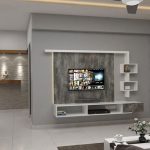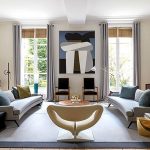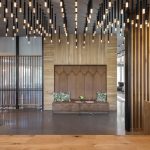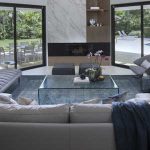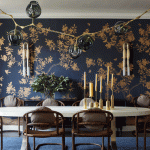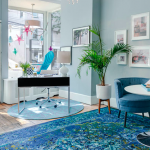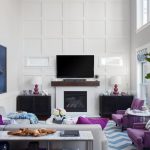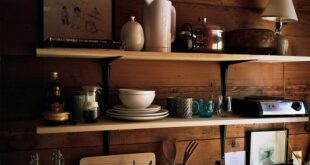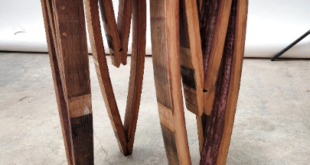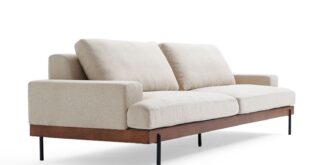Interior design is a form of art that involves creating functional and aesthetically pleasing spaces within a building. It encompasses the selection of colors, furniture, lighting, and decorations to create a cohesive and harmonious environment. Interior designers carefully consider the layout and flow of a space to ensure that it meets the needs and preferences of the people who will be using it.
One of the key elements of interior design is the use of color. Colors have the power to evoke certain emotions and create a certain atmosphere within a space. Warm colors such as reds and oranges can create a cozy and inviting feel, while cool colors like blues and greens can promote a sense of calm and tranquility. Interior designers carefully select colors that complement each other and create the desired mood in a room.
Furniture selection is another important aspect of interior design. The type, size, and placement of furniture can greatly impact the functionality and visual appeal of a space. Interior designers consider the needs and lifestyle of their clients when selecting furniture, making sure that it is both comfortable and stylish. They also pay attention to the scale and proportion of furniture to ensure that it fits well within the space.
Lighting is another crucial element in interior design. Good lighting can enhance the ambiance of a room, highlight certain features, and create different moods. Interior designers consider both natural and artificial lighting sources when designing a space, making sure that there is adequate lighting for different activities and times of day. They also pay attention to the placement of light fixtures to create a balanced and well-lit environment.
Decorations and accessories play a vital role in adding personality and character to a space. Interior designers use decorations such as artwork, rugs, pillows, and plants to enhance the overall aesthetic of a room. They carefully select and place decorations that complement the overall design scheme and reflect the tastes and preferences of their clients. Accessories can also be easily changed or updated to give a space a fresh and updated look.
In conclusion, interior design is a multifaceted discipline that involves careful consideration of color, furniture, lighting, and decorations to create beautiful and functional spaces. Interior designers have the knowledge and skills to transform a space into a place that meets the needs and preferences of their clients. By paying attention to the details and nuances of design, interior designers can create spaces that are not only visually appealing but also comfortable and inviting.
 efistu.com Home Decor
efistu.com Home Decor

